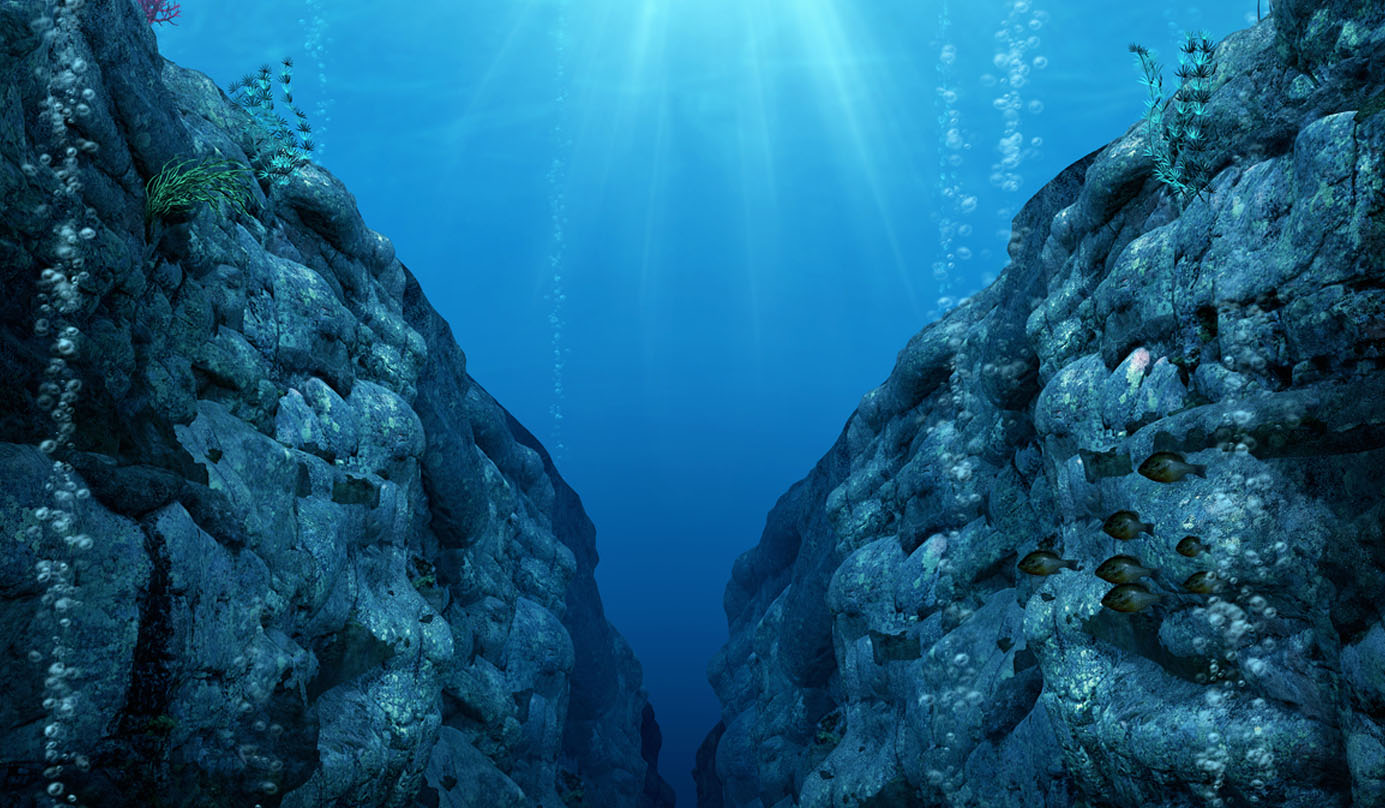
We might think we know our planet. We are trying to explore the moon and other planets. But how well do we really know our own planet? 80% of the deep sea is unexplored. Maybe we don't know our own planet at all!

In history, more people have been to the moon than the deepest part of the ocean. The deepest part of the ocean is in the Mariana Trench. It is a ravine called the Challenger Deep. It is 10,929 metres deep. Only three people have been there.

That is because exploring the deep sea is not easy. Humans do not do well in the deep sea. There is a lot of pressure. The deeper you go, the higher the pressure. To descend, you can drop quickly. But on the way up, you must ascend slowly.

In scuba, you must ascend no faster than 9 metres per minute. Ahmed Gabr dived to 332 metres in 2014. It took him 15 hours to ascend to the surface!

The ocean is split into layers. The first 200 metres of the ocean is the sunlight zone. The light still reaches there. After that, you are in the deep sea.

From 200 to 1,000 metres is the twilight zone. 1,000-4,000 metres is the midnight zone. 4,000-6,000 metres is the abyss. Below that are the trenches.

In the deepest parts of the ocean, it is dark and cold. But there is still life. Some of the most extraordinary aquatic animals live in the deep sea.

Because it is so dark, many of these animals are bioluminescent. In fact, bioluminescence can be found in 80% of animals in the twilight zone. Light helps them find food and defend themselves. One animal that does this is the firefly squid. It has bioluminescent tentacles that give off a blue light.

Many animals in the deep sea are scavengers. They feed off the remains of plants and animals from the upper zones. One example is whale fall. When a whale dies in the deep sea, it drops to the sea bed. It creates an ecosystem that can support life for decades!

But it is not just bodies of saltwater that are deep. There are deep freshwater bodies of water too. The deepest underwater cavern was found in the Czech Republic in 2016. It is 404 metres deep.

We know so little about the deep sea and the animals that live there. We have a better map of Mars than the ocean floor. There are many animals down there that humans can only imagine. Who knows what secrets are hiding in the deep sea?